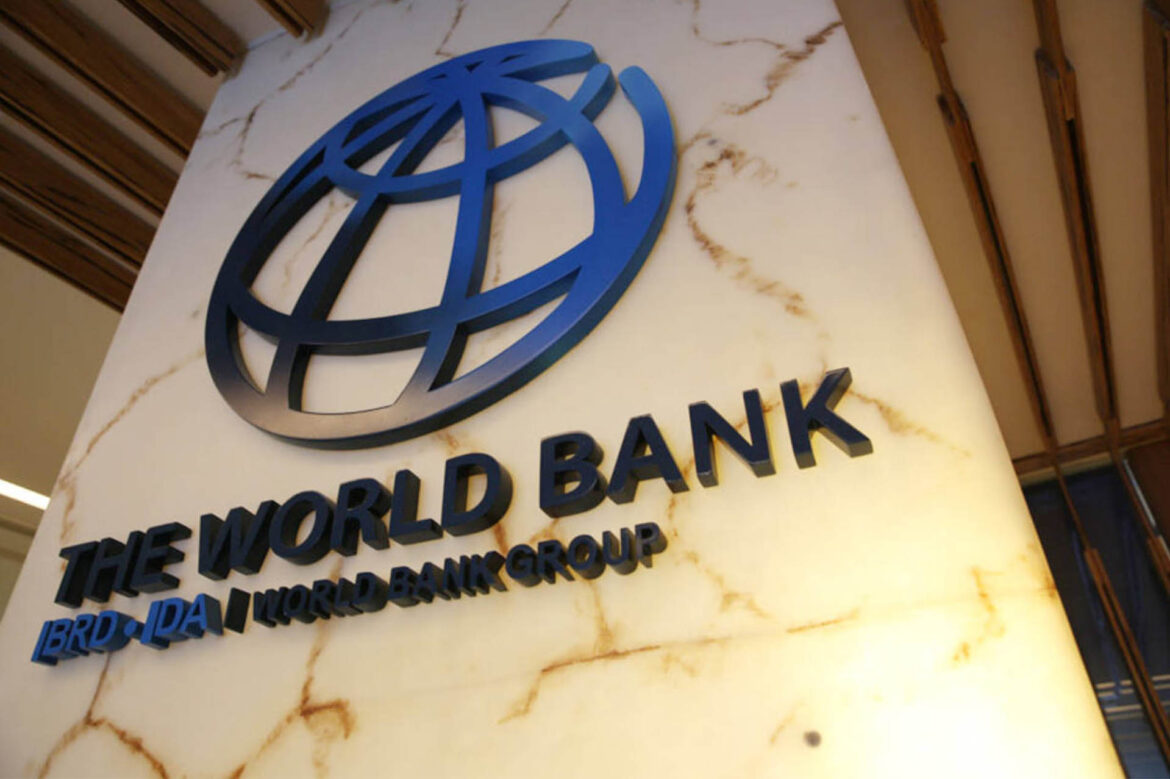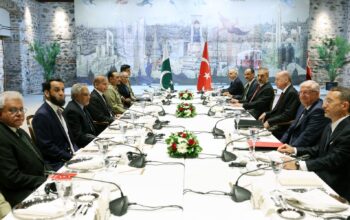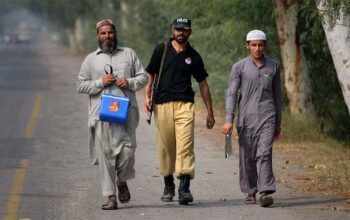By Staff Reporter
ISLAMABAD: The World Bank sharply lowered Pakistan’s growth forecast for the current fiscal year of 2022/23, saying the country’s economic growth prospects have weakened due to tighter financial conditions and limited fiscal space.
The World Bank expects Pakistan’s economy to grow 0.4 percent in the current year, from its October forecast of 2percent growth.
Pakistan expects its economy to grow 2 percent in FY23, however, the country’s central bank chief said in January the growth forecast could face downward pressure.
The South Asian nation has been in economic turmoil for months with an acute balance of payments crisis while talks with the IMF to secure $1.1 billion funding as part of a $6.5 billion bailout agreed in 2019 have not yet yielded fruit.
“The slower growth reflects subdued private sector activity amid deteriorating confidence, import controls, belated fiscal tightening, and the impacts of the unprecedented floods of summer 2022,” the bank said in its latest Pakistan Development Update: Recent Economic Developments, Outlook, and Risks, released on Tuesday.
The report said an inconsistent policy response, involving monetary tightening, new subsidies, and an informal exchange rate cap, saw the depletion of foreign exchange reserves and undermined progress with planned fiscal consolidation.
Rising macro risks and tighter global liquidity conditions curtailed Pakistan’s access to international capital markets.
Facing increasing debt, rapidly eroding foreign exchange reserves, and delays with the IMF-EFF 9th program review, the government recently course-corrected.
It reduced subsidy spending, further increased energy tariffs, and allowed the exchange rate to float leading to a sharp depreciation and alignment between the interbank and open rates.
However, with limited financial inflows, foreign reserves remain at precariously low levels and inflation is at a record high.
Private sector activity has slowed sharply with deteriorating consumer and investor confidence and disruptions arising from administrative import controls.
With slowing activity, the lower middle-income poverty rate is expected to increase to 37.2 percent in FY23.
“The resolution of Pakistan’s economic crisis requires a commitment to sustained macro-fiscal and structural reforms,” said Najy Benhassine, the World Bank’s Country Director for Pakistan. “This is needed both to unlock fresh financing and avoid a balance of payments crisis and lay the foundation for a recovery of private investor confidence and higher growth over the medium term”.
The report notes that the outlook and progress with the IMF-EFF program depends heavily on securing new official external financing, with ongoing delays contributing to a further deterioration in confidence.
To facilitate new external financing, regain stability, and establish a base for medium-term recovery, the government must maintain overall sound macroeconomic management, including a flexible exchange rate and controlling inflation through adoption of an appropriate monetary policy stance; increase revenues and rationalize expenditure (including reducing untargeted energy subsidies); and implement trade and private sector reforms to support improvements in investment, competitiveness, and productivity, the report said.
According to the report, if the required reform agenda is rapidly implemented with strong political ownership and adequate external support, output growth could gradually recover in FY24 and FY25.
Growth will remain below potential, however, while external adjustment continues.
Due to higher energy and food prices, inflation is projected to rise to 29.5 percent in FY23, but moderate as global inflationary pressures decrease.
With dampened imports, the current account deficit is projected to narrow to 2.0 percent of GDP in FY23 but widen to 2.1 and 2.2 percent of GDP in FY24-FY25 respectively as import controls ease.
The fiscal deficit, excluding grants, is projected to narrow to 6.7 percent of GDP in FY23 and further over the medium term as fiscal consolidation takes hold.
“Downside risks to the outlook remain very high,” said Adnan Ghumman, author of the report. “They include, inter alia, politically-driven slippages in fiscal policy in the context of upcoming elections, constraints on foreign exchange liquidity and uncertainties around external funding inflows, rising levels of public debt, growing exposure of banks to the public sector, and political instability”.
Copyright © 2021 Independent Pakistan | All rights reserved




